Latest Posts
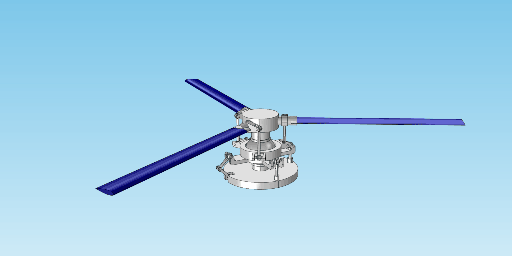
Modeling a Helicopter Swashplate Mechanism
A swashplate mechanism, used in a helicopter to control the pitch of the rotor blades, can be easily simulated using the Multibody Dynamics Module available in COMSOL Multiphysics. This module enables simulation of an assembly of flexible and rigid bodies, together with physical phenomena from fluid, heat, and electrical applications, among others. Here, we will show you a model to convey how a swashplate mechanism works and at the same time analyze the stresses and deformation in the flexible rotor […]
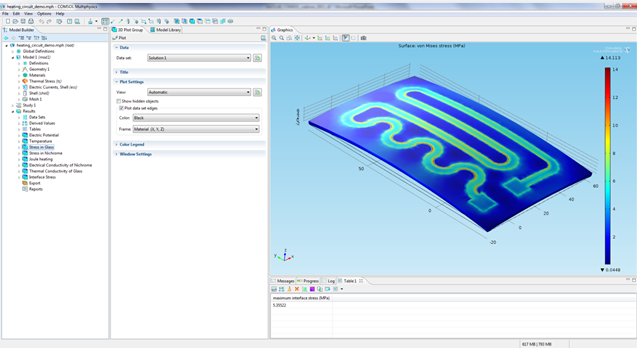
Combining COMSOL Multiphysics® and MATLAB®
Did you know that you can combine the strengths of COMSOL Multiphysics® and MATLAB® in real time to solve engineering simulations? To me, that sounds like getting the best of both worlds. Let me explain.
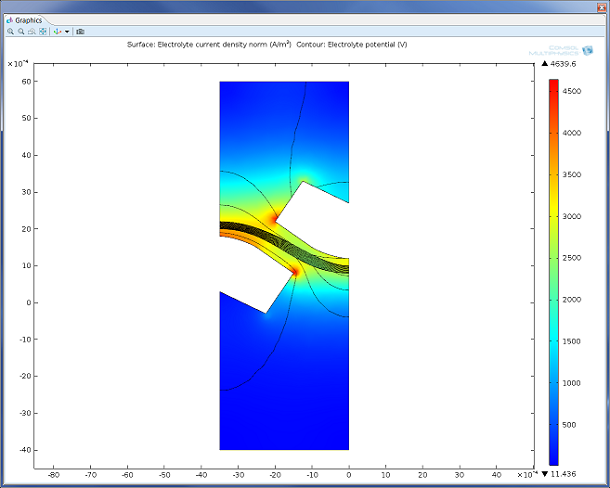
Electrochemistry, from Electroanalysis to Industrial Electrolysis
My colleague, Edmund Dickinson, recently blogged about cyclic voltammetry, and how this can be modeled. It was a fantastic blog entry, as it really described the application, and how to implement such models in COMSOL Multiphysics. While Edmund has a background in electroanalysis, where cyclic voltammetry, potentiometry, and electrochemical impedance are important tools, I had a different but similar life before COMSOL, working within industrial electrolysis. For both of us, the new Electrochemistry Module would have been the perfect tool […]
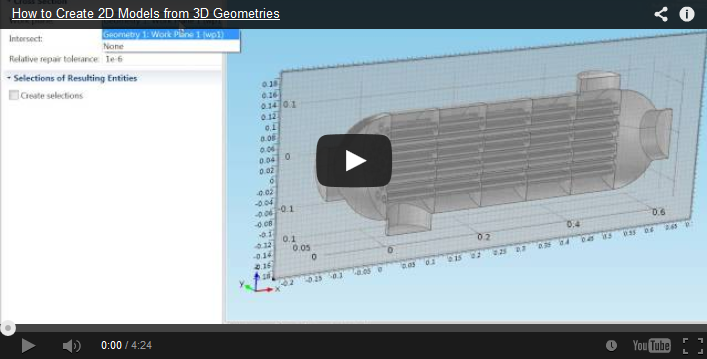
Video: 2D Models from Cross Sections of 3D Geometries
A while back, I blogged about a new feature made available in COMSOL Multiphysics 4.3b, the ability to create 2D models from the cross sections of 3D geometries. We are so excited for this new feature that we decided to make a video showing you how easy it is to use.

A Recipe for Induction Stove Design Using Multiphysics Simulation
When I was little, I used to love spending the night at my grandparents’ house, where I was allowed to watch TV, stay up late, and in the morning, help my grandmother make pancakes. The hardest part was always waiting for her old, slow electric burner to heat up — to my six-year-old self, it seemed to take hours for the burner to become hot enough after we’d finished mixing the batter. Luckily for me, and for other impatient chefs […]

Food Science Leverages Simulations
As computer hardware becomes more powerful and affordable, simulations are becoming commonplace in new disciplines of science and engineering. Food science engineering is one such area, and there is no shortfall of publications using COMSOL Multiphysics for food-related simulations. Such kinds of analyses pretty much always require several types of physics to be practically relevant.
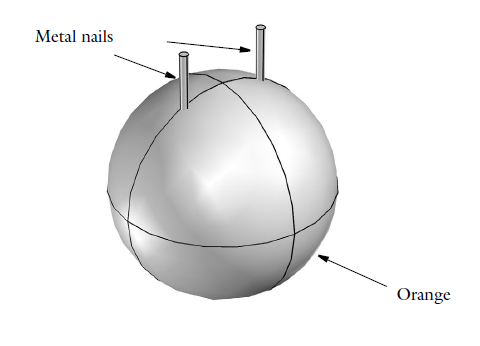
Learn How to Model Electrochemistry with an Orange Battery Tutorial
Did your chemistry teacher use an orange or lemon to demonstrate the concept of a battery, back in the day? You might remember how she magically produced electricity by sticking a couple of metal nails into the citrus fruit, as the whole class watched in awe. What if we now used simulation tools to demonstrate how an orange battery works, and then use that as an intro to electrochemistry modeling?

3D Printed Cloaking Device in a Matter of Hours
It’s been almost a year since we declared 3D printing the hottest topic in manufacturing, and it hasn’t cooled off yet. If anything, 3D printing has seen a recent surge in popularity. By now you’ve heard a lot about the technology and what you can print with it, but did you know you could print invisibility cloaks this way, too?
